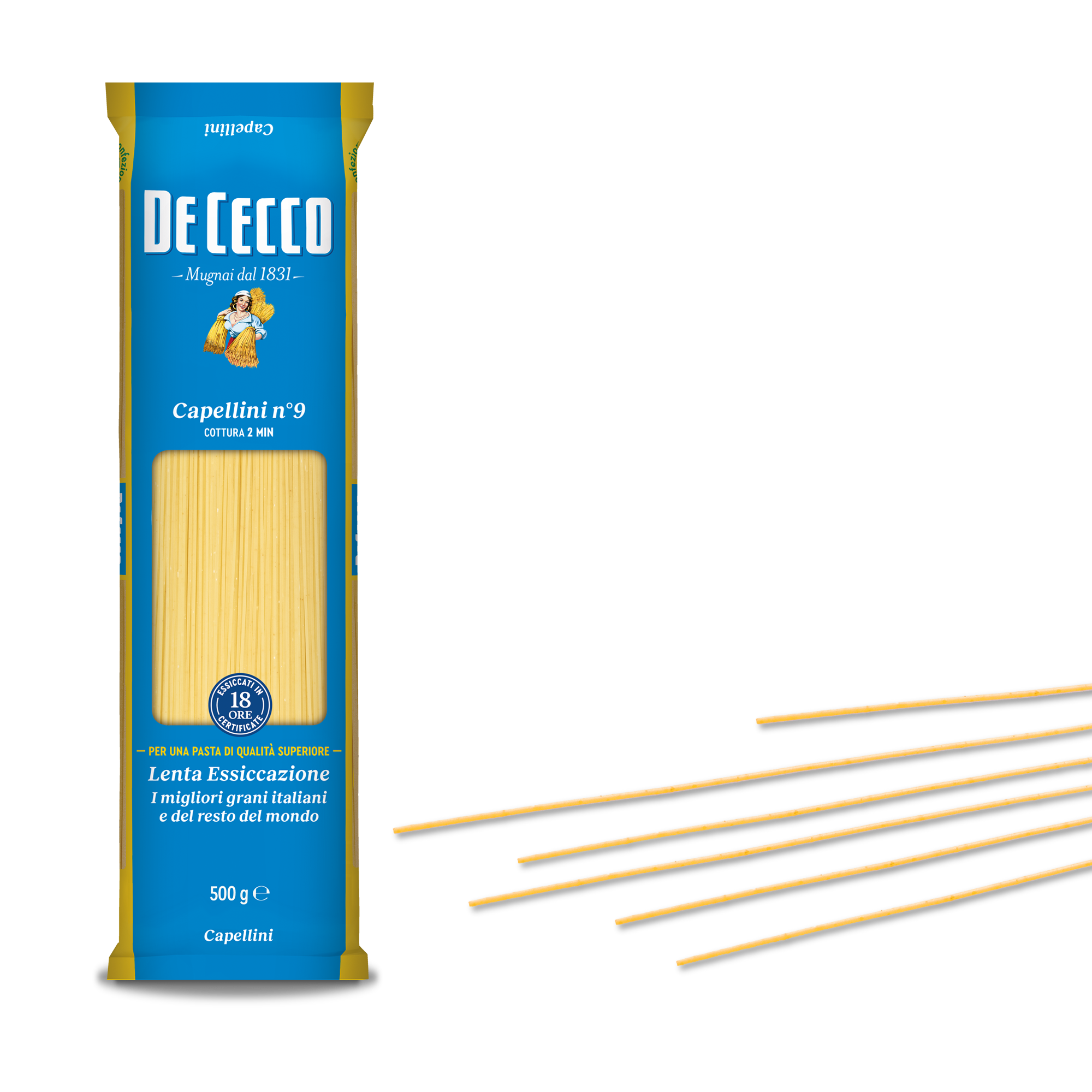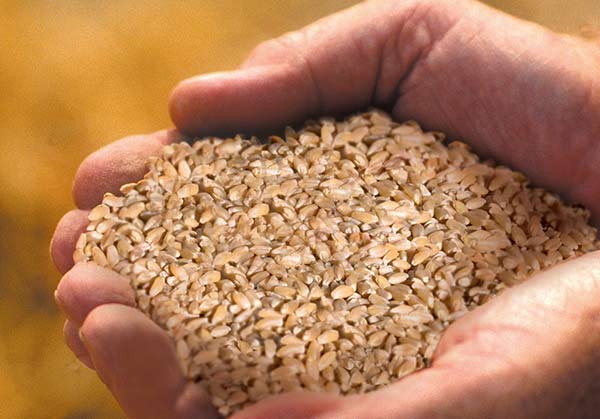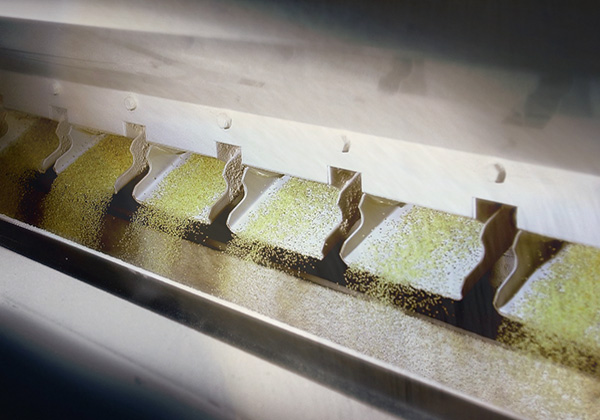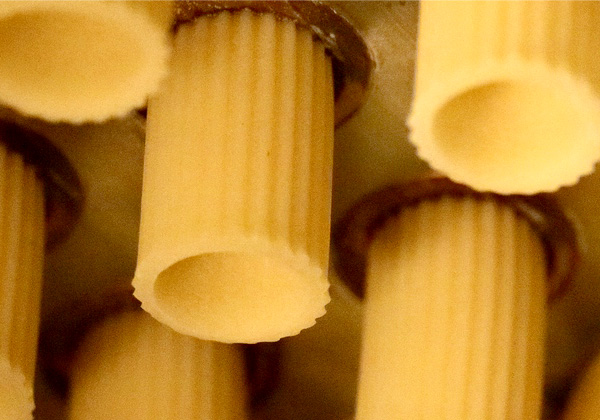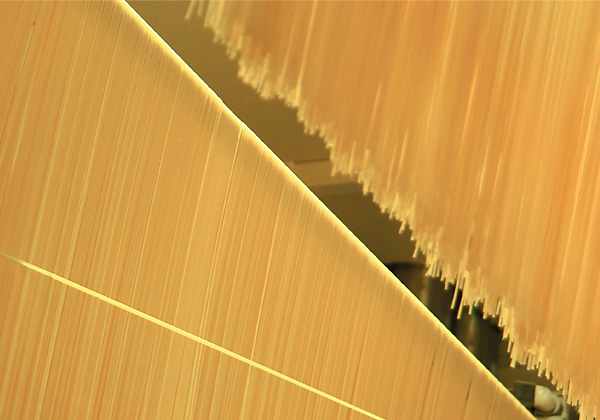Farfalloni n° 92
Farfalloni are originally from the north of Italy and traditionally known by local names such as "Fiocconi" and "Galle Genovesi". Historically, there were numerous varieties spread throughout the Abruzzo and Apulia regions, as well as the Bologna area.
The typical shape is rectangular with a scallop edge, pinched together in the centre.
The condiments recommended for Farfalloni are light sauces: sauces made from butter with peas and ham; white sauces with delicate flavours made from salmon and cream; sauces made from mild, soft cheeses with a dash of saffron or curry.
This pasta is also great for preparing delicious, colourful, imaginative pasta salads.
Available in 500g pack.s
- Cooking time: 12 min - Al dente: 10 min
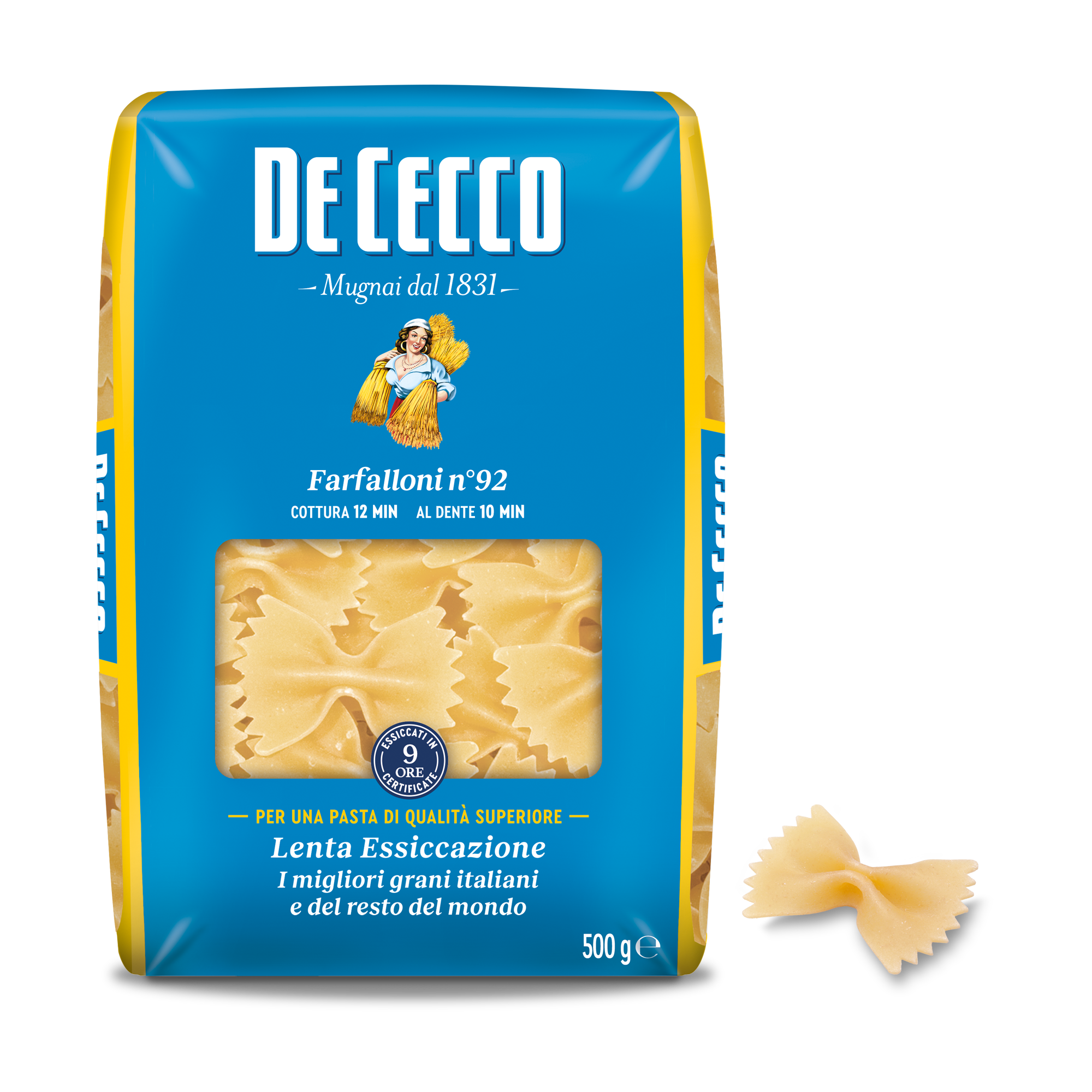
Our method
Capellini n° 9
The origins of Capellini, with their evocative name (fine hair) and light consistency, are contested between the area around Genoa, Naples and the Ciociaria (central Italy). It is one of the thinnest types of long pasta wound into a nest shape.
Even the name Capellini is reminiscent of the fine consistency of this type of pasta which is ideal for infants from 9 months old onwards to help them get used to eating food for grown-ups.
Simple condiments are recommended for this type of pasta. It is excellent combined with butter dressings, such as uncooked butter and cheese, or melted butter with sage and cheese. Egg or fresh raw tomato based sauces are also excellent. Another way to enjoy Capellini is in a light, chicken broth. In addition to broths and pasta dishes with sauces, this pasta is also used to prepare oven-baked dishes in the Naples region.
Available in 500g packs.
